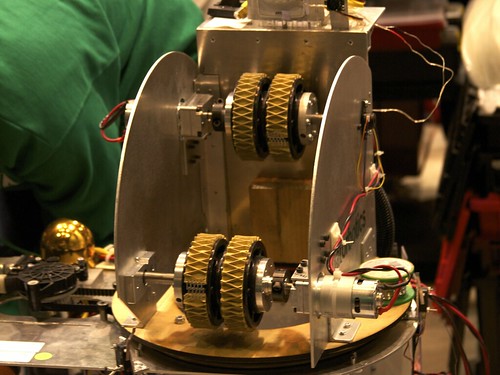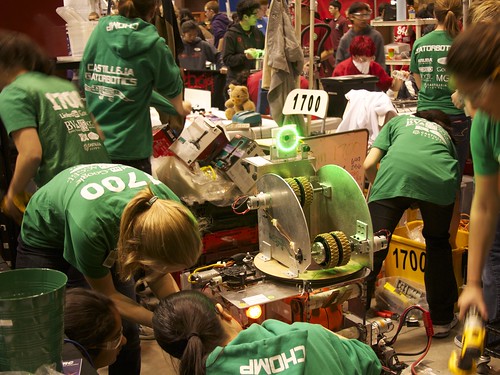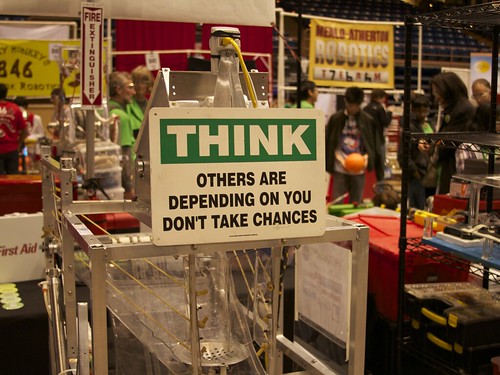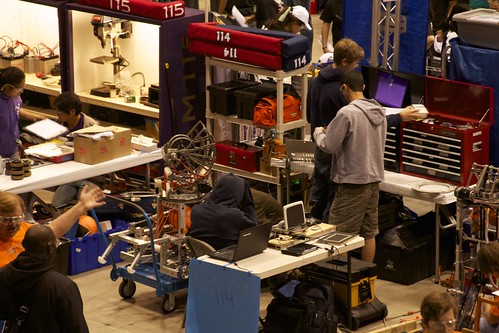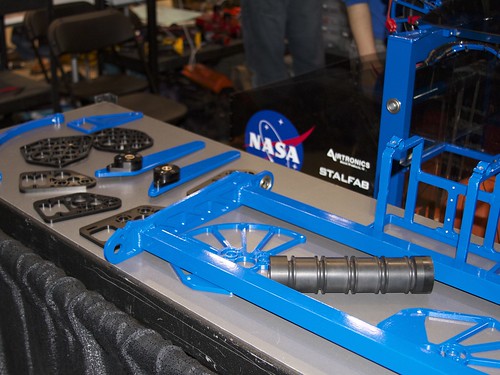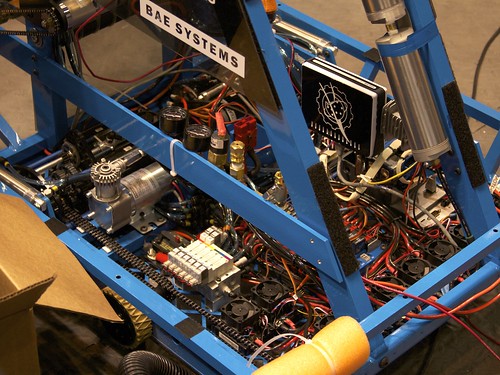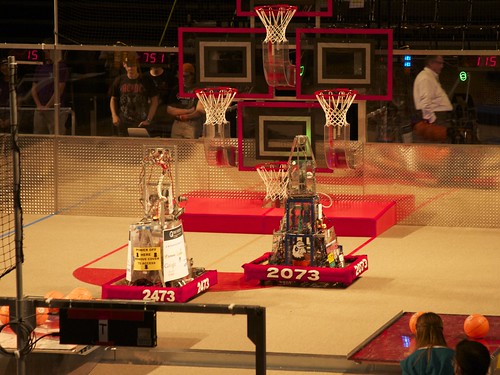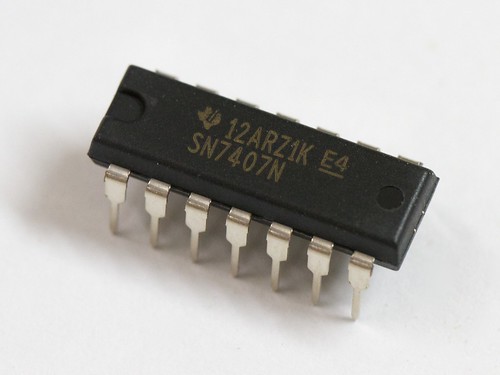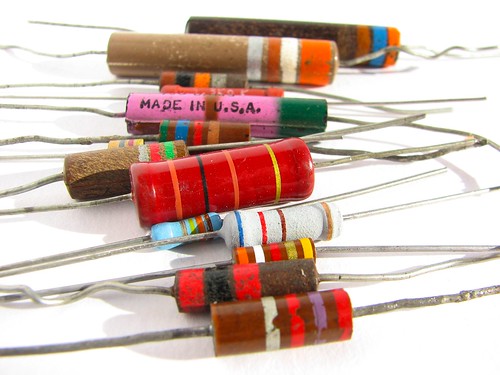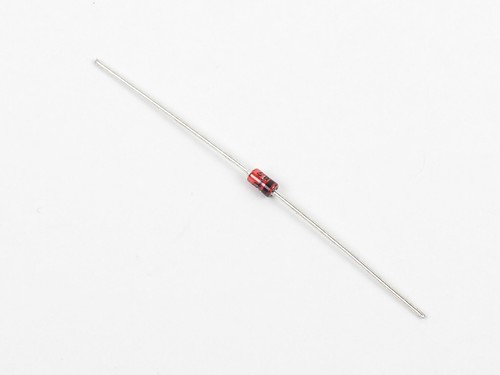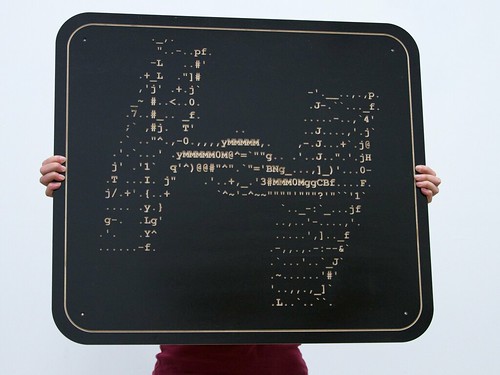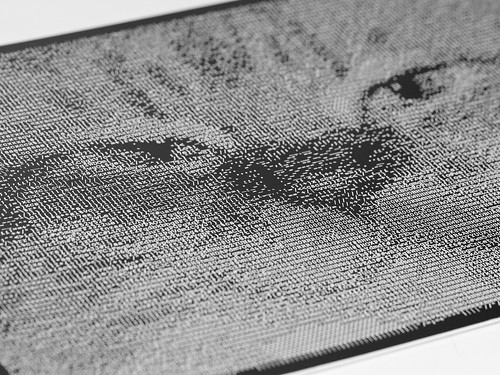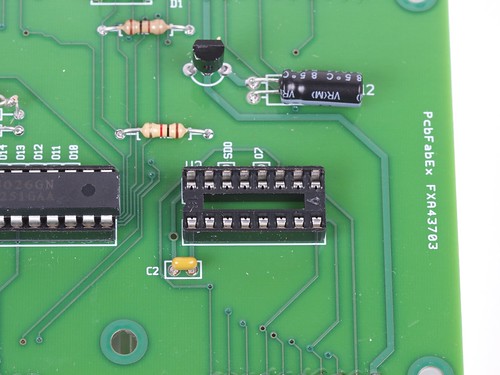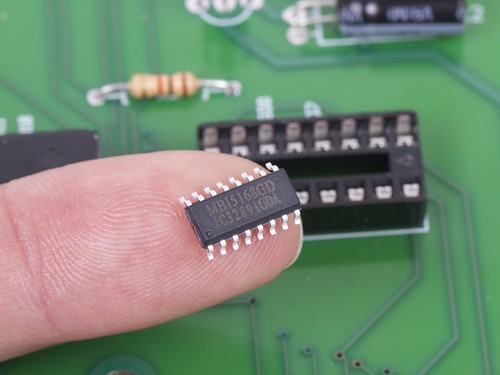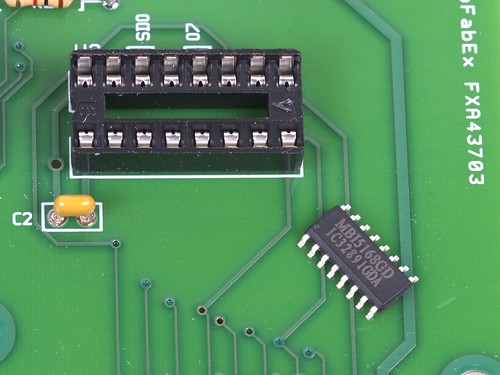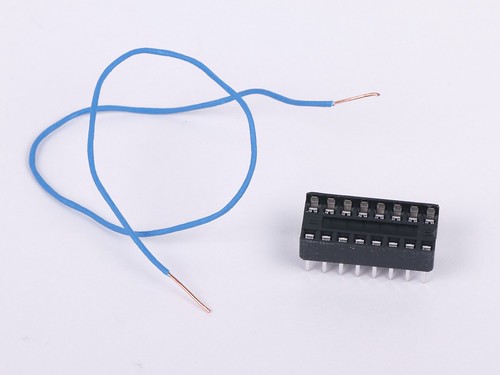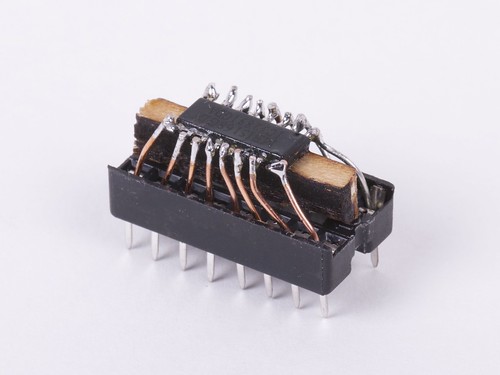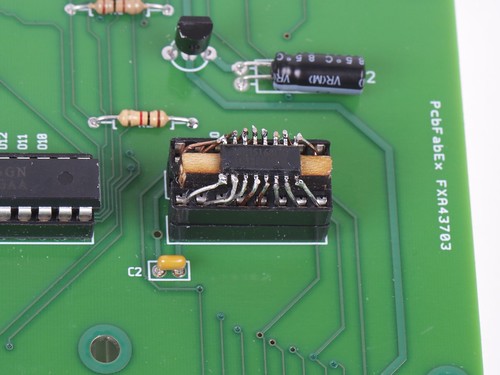Tomorrow (Thursday) is the Robot Party! This Robot Party is VERY SPECIAL because it is taking place at +Evil Mad Science!
They have tons of robots here, the biggest one is the shopbot. We might put the webcam on the shopbot and have it move around! +Lenore Edman & +Windell Oskay will also be around so you can ask them LOTS of questions!
:::
What is the Robot Party?
The Robot Party is a weekly Google+ hangout that brings together robot builders from all over to share their robots, knowledge, and ask questions! It is for all age ranges, young or old, just bring your robot!
To watch the Robot Party, go to the Robot Party page here:
http://robotgrrl.com/robotparty
To join the Robot Party with your robot, watch our Google+ page right here for the hangout! (Usually 5-10mins before showtime)
To see old photos of the Robot Party, check out the flickr collection here:
http://www.flickr.com/photos/robotgrrl/collections/72157629489421269/
:::
Looking forward to hanging out with everyone again! We’ve heard from +Sean Lewis +Eaglesnest Robotics recently and they have been building up their +Christopher Robinson Tiny Tanks, so it will be really cool to see them!
Also since this is on the tail end of RoboGames and the Homebrew Robotics Group meeting, we may have new people!
SEE YOU AT THE ROBOT PARTY! Tell all your friends!”





